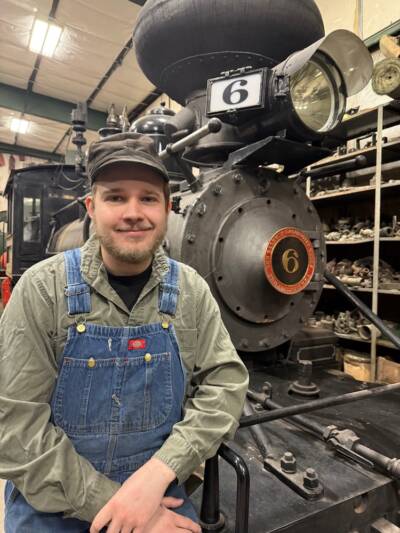
Like his father, the Midwest Central Railroad became a siren for Kendall Osier, who now serves multiple mechanical and operating positions at the 3-foot gauge railroad in Mount Pleasant, Iowa. Alongside his wife, Lauren, the 24-year-old is also the co-founder and president of the Midwest Narrow Gauge Preservation Society, a fledgling non-profit whose mission is to preserve the underappreciated history of Midwest narrow gauge railroading through recently saved freight and passenger equipment.
How did you get involved in rail preservation?
Kendall Osier: I’ve been around narrow gauge railroads my whole life. My father was involved with Midwest Central Railroad well before I was born. The first time I was at the railroad was for the Midwest Old Threshers Reunion. I was just a couple of weeks old. The first thing that I helped with at MCRR was disassembling 2-6-0 No. 6 for some boiler work, and that was when I was about eight. It all just snowballed from there.
Now regarding the Midwest Narrow Gauge Preservation Society, it’s almost hard to explain the founding because a lot of different things came together at the same time. My wife found a couple of 1882-built Fort Madison & North-Western boxcars at an abandoned farm in southeast Iowa. It was quite the historical find, and the cars were in really good condition. We quickly worked on acquiring them, moving them off the farm, and stabilizing them. It kind of led toward the research on the other narrow-gauged lines in Iowa. Due to the historical significance of that, we just kept finding more and more pieces of equipment.
As a young preservationist, what have you found to be the most challenging aspects in the industry?
Kendall Osier: Starting a nonprofit from scratch, like the MNGPS, has certainly been challenging. The process requires figuring out various steps, from obtaining 501(c)(3) status to making a clear mission statement and specific goals for the organization.
Volunteer work for both the society and Midwest Central personally adds layers of complexity. I have a 40-hour-a-week job, 5 days a week, which is a juggling act. There are some weeks that I put 30-40 hours of preservation work on top of that. Other weeks, I can’t fit as many hours as I’d like, but that’s the reality of time management.
What’s been the most rewarding for you so far?
Kendall Osier: The most rewarding thing for me is the people. Some of my lifetime friends I met through MCRR and MNGPS. Obviously, I met my wife at the former, and that’s very near and dear to me. On the flip side of that, it’s learning more about the people before us who started the railroads, bought the equipment, and initially ran it.
Where do you see rail preservation as it is today and what do you hope it’ll become for the future?
Kendall Osier: I view it as prospering. I talked to quite a few contractors, and every one of them out there is just packed to the brim. There are several that are booked in advance, so it’s really hard to get a project scheduled anywhere. That goes to show that if there’s a market there, there’s an interest.
As far as the future is concerned, the interest will still be there, but I still see an issue with volunteer turnout. That’s where I feel that the preservation aspect is integral to an organization’s success. While I know that operations and special events are needed, as that’s what brings in most of the money, it’s not always what brings in most of the interest. Having that historical relevance is important to me, and I think there are a lot of organizations that do that well, but there are some that need to improve on that.
What advice would you give for any young person looking to get involved in the industry?
Kendall Osier: This is kind of difficult for me to give because I was born into it and very lucky in that manner. That being said, I’ve seen a lot of young people come into rail preservation with some reacting better to the massive first step than others.
I think the best advice that I could give is if you’re interested, just step into it. Don’t wait for somebody to ask you for help, but don’t just go and do something on your own. It’s also important to find a good mentor. Latch on to them, ask them questions, and learn as much as you can.






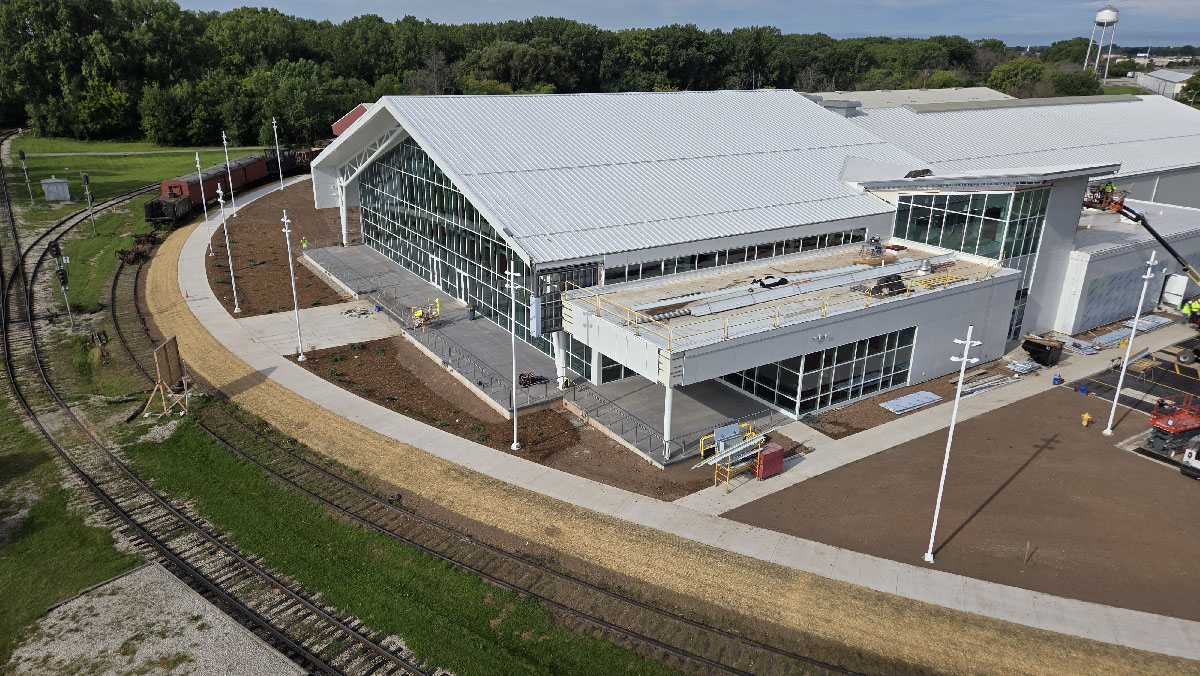
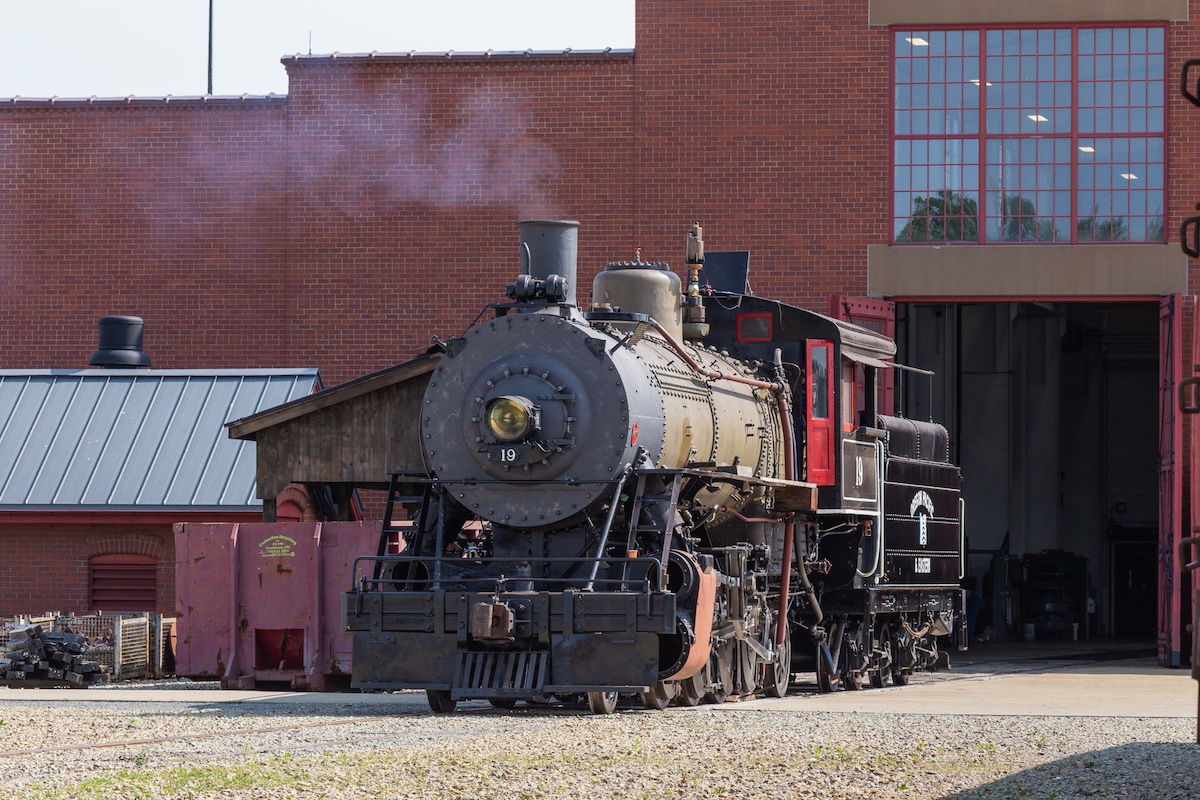
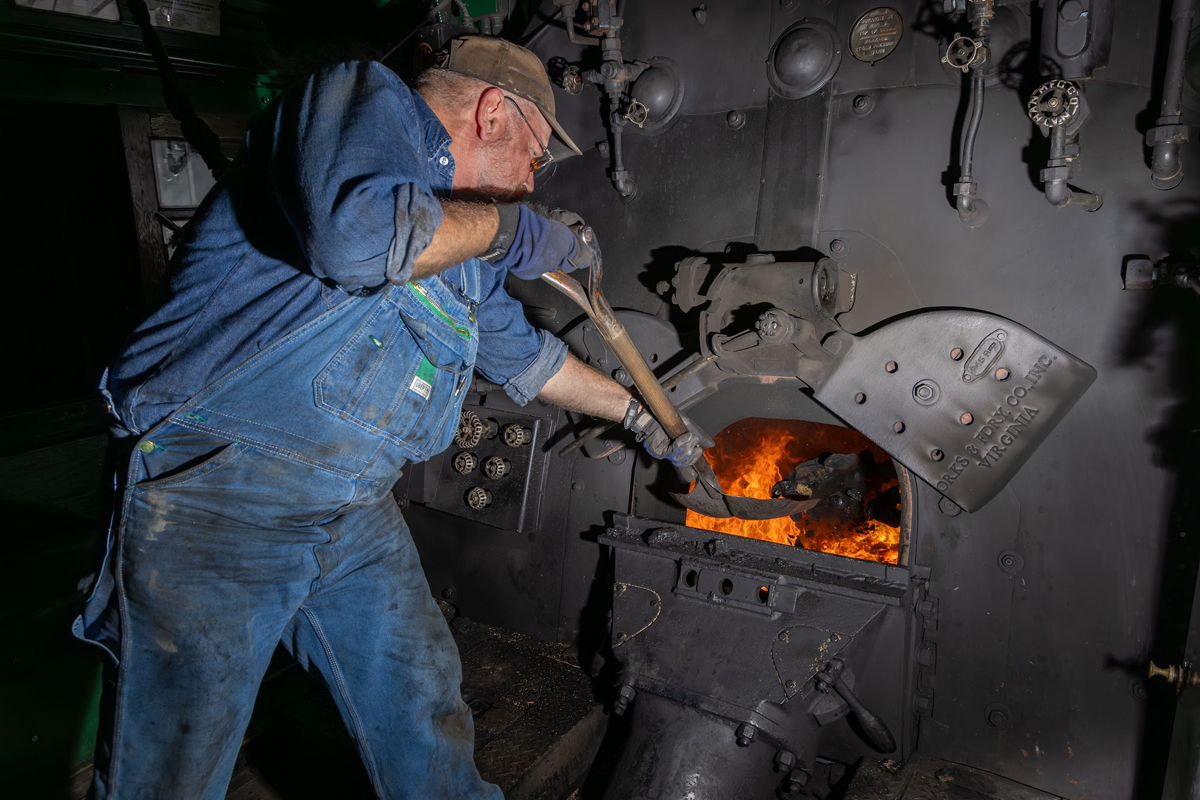
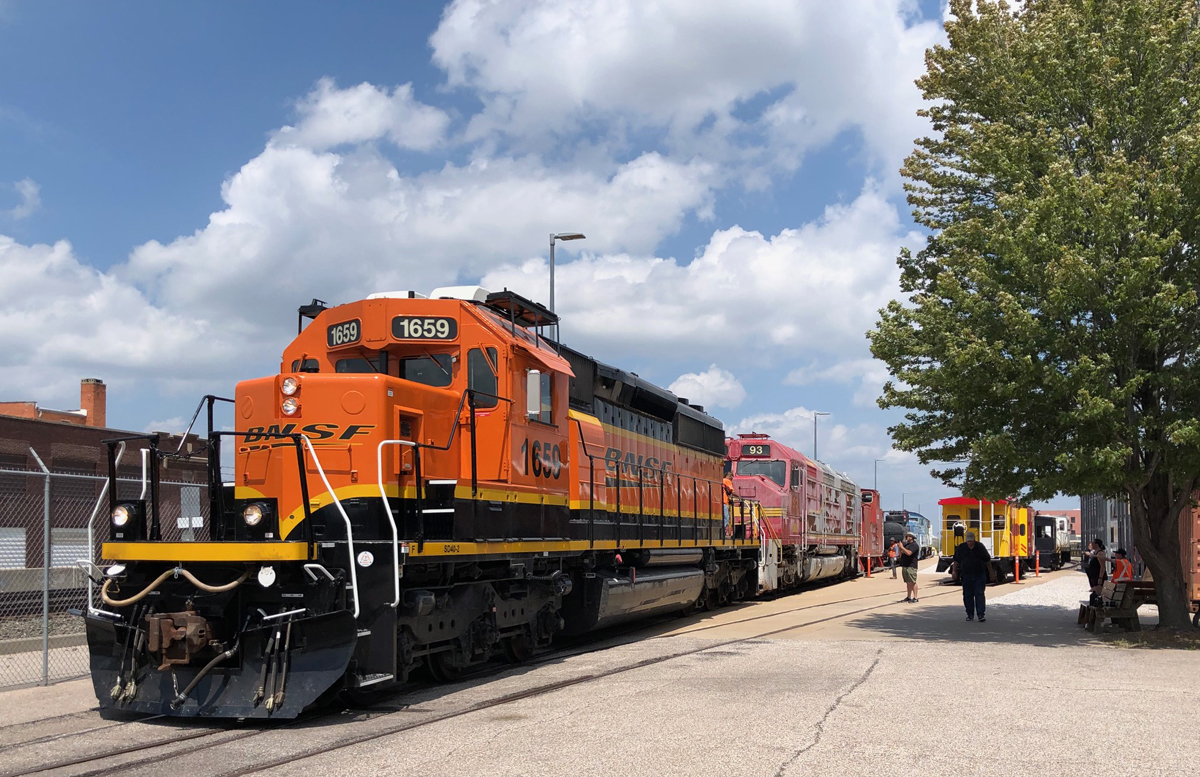
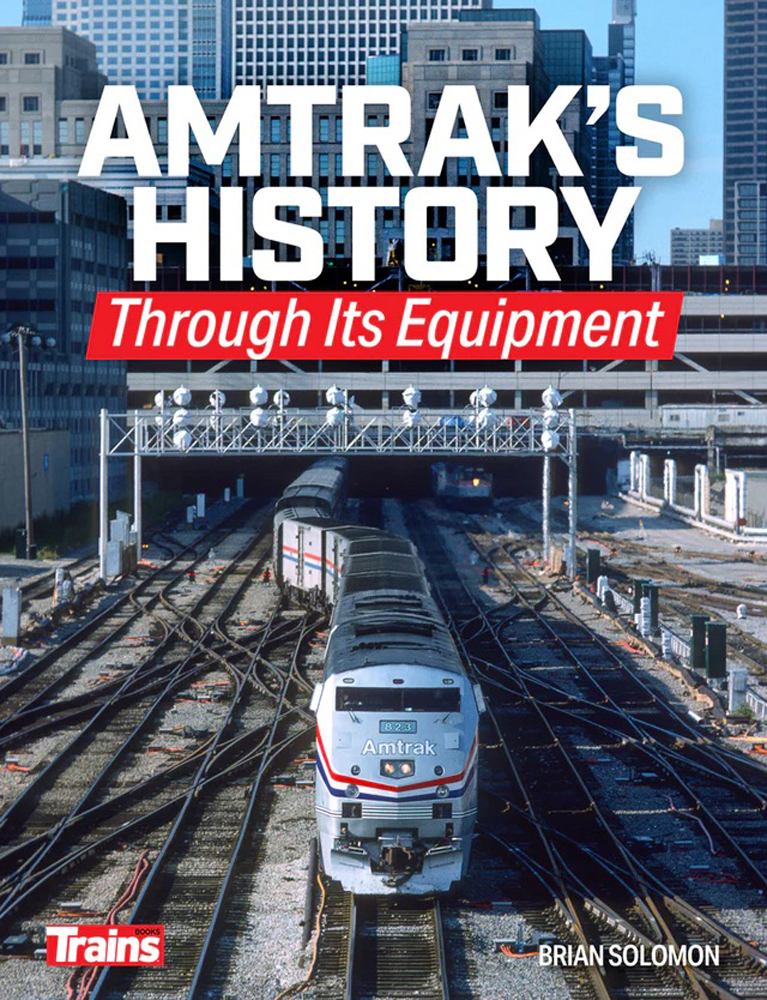
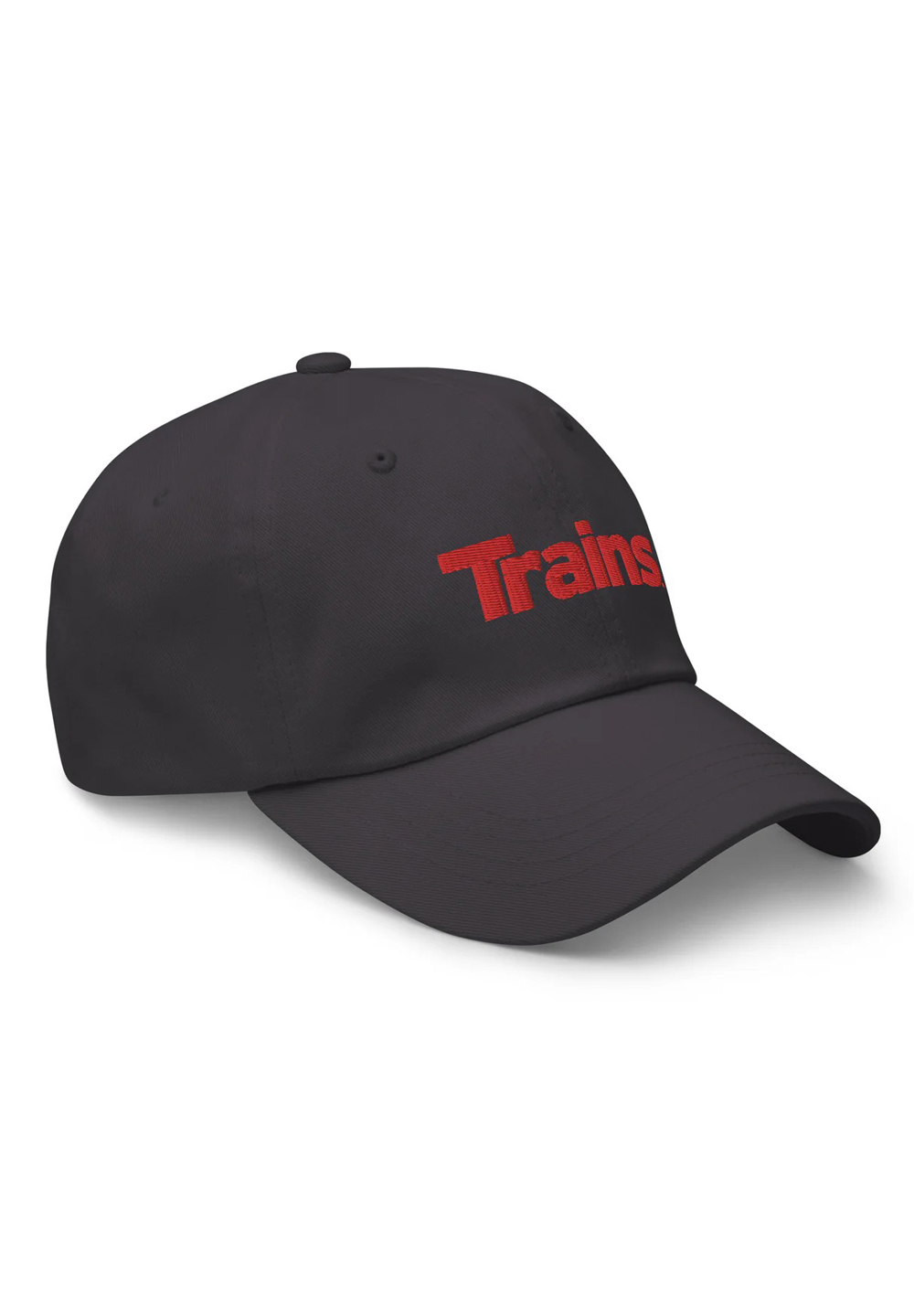
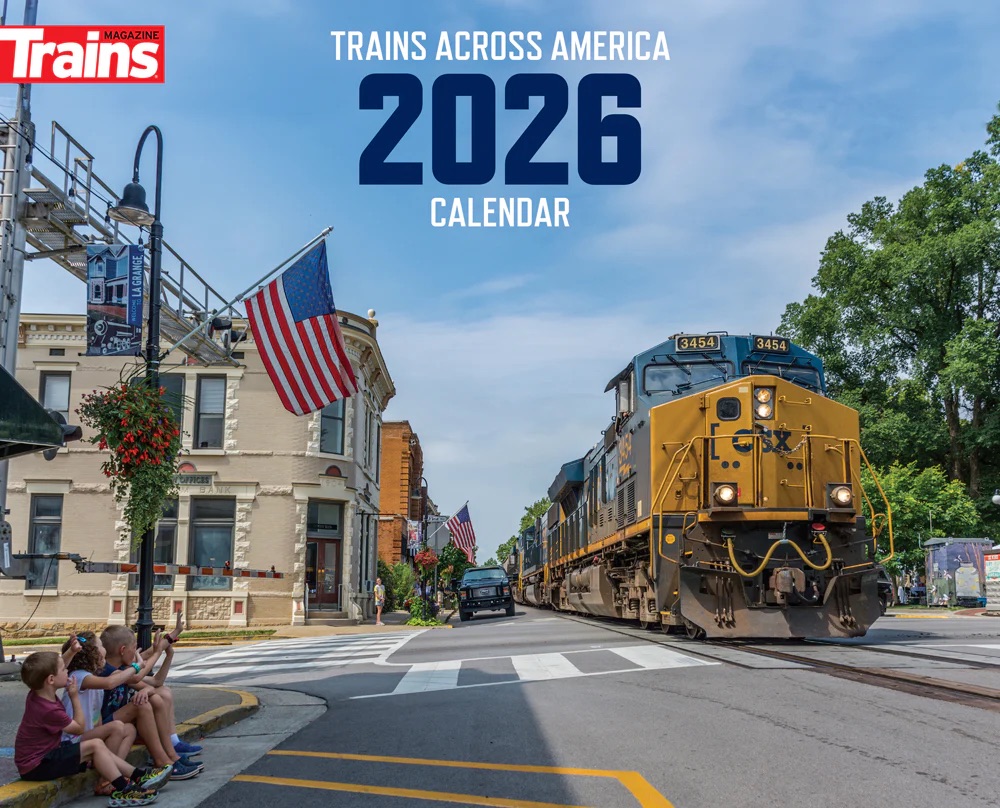
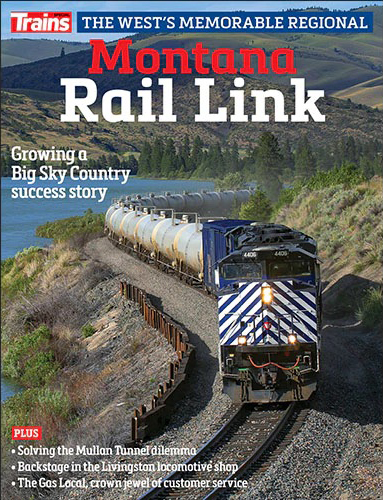
I wonder if this young railroader has ever taken a trip to a namesake town, Osier, Colorado on the Cumbres & Toltec Rail Road from Chama, New Mexico to Antonito, Colorado. Its a wonderful trip through the mountains (real mountains reaching 10,015 ft Cumbres Pass at its apex…) with a nice feed at the station in Osier… Totally worth, as they say, the price of admission…